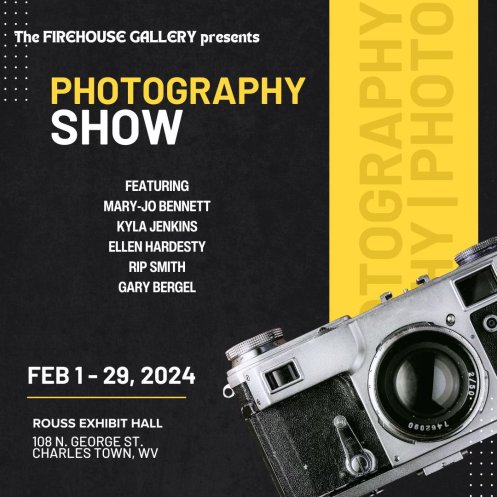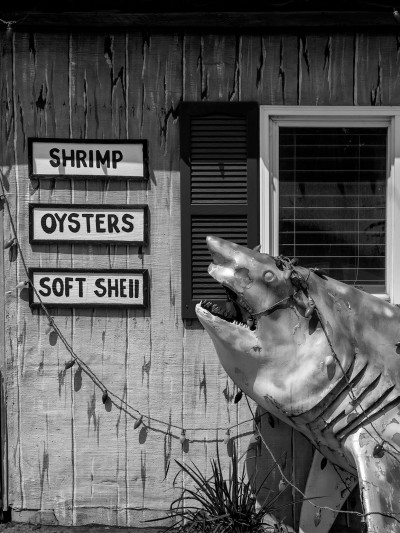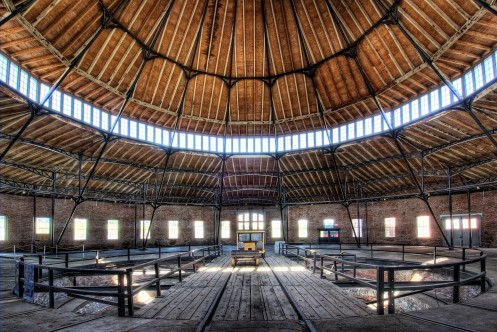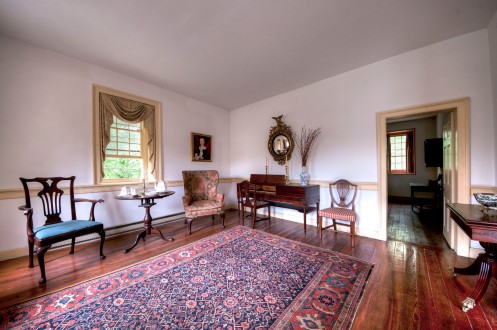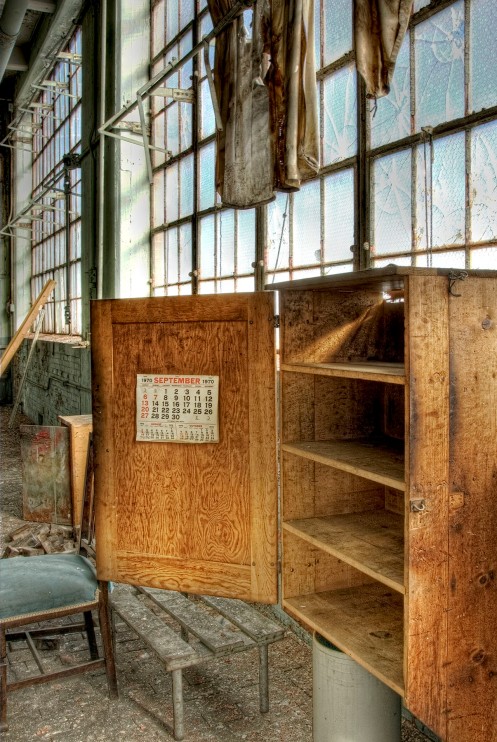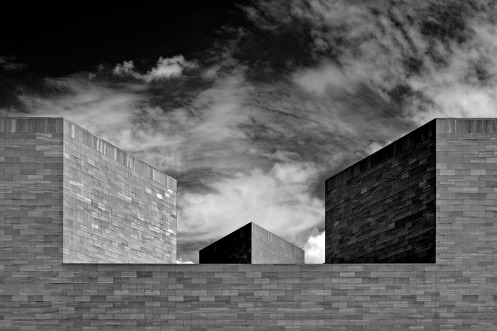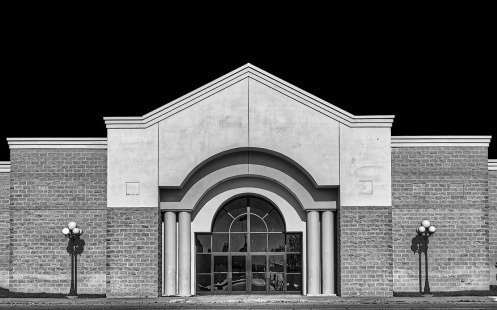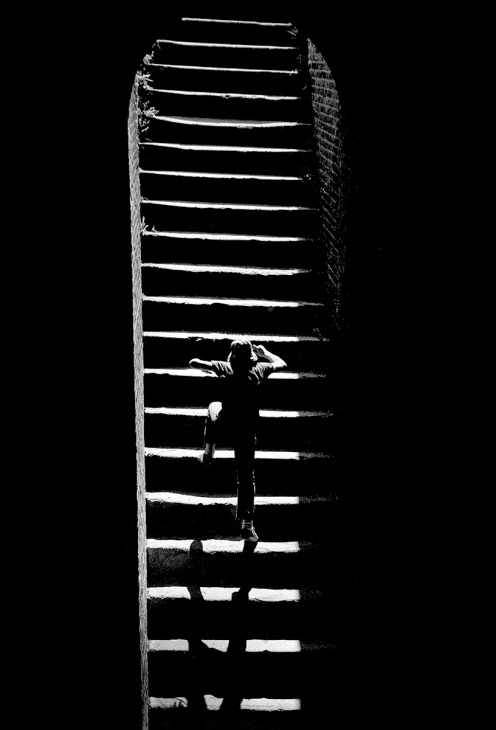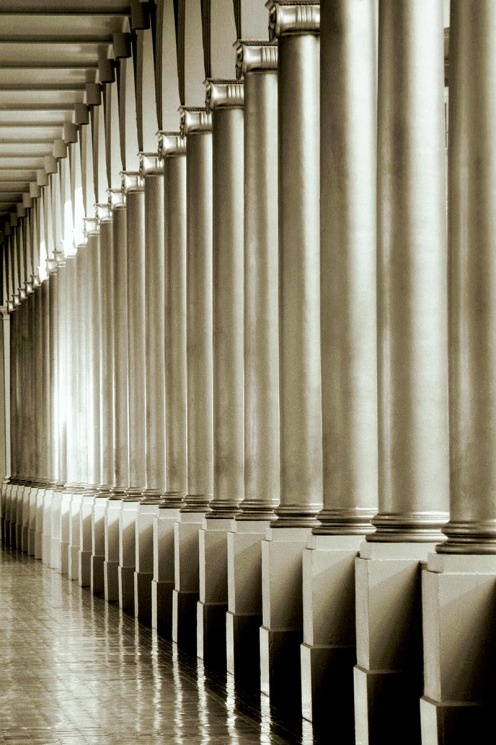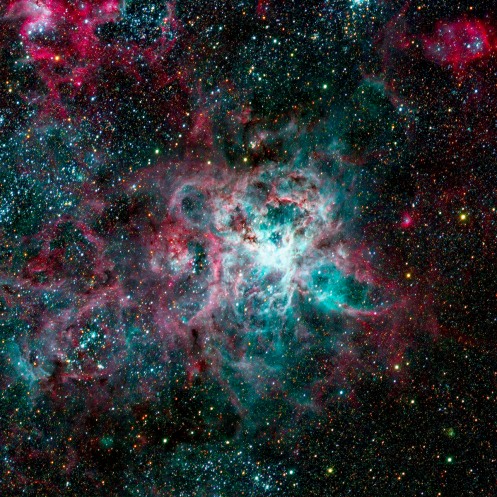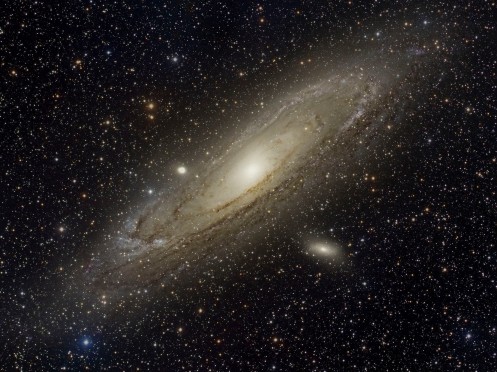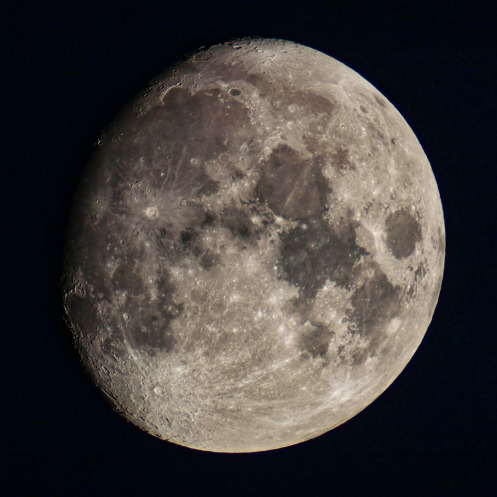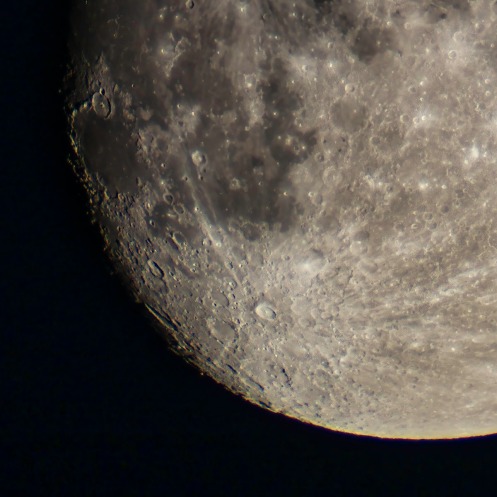I am very pleased that my image, “In Four Billion Years … ” was accepted into the 12th Annual Art and Earth Juried Exhibit, to be displayed at the Berkeley Art Works in Martinsburg.
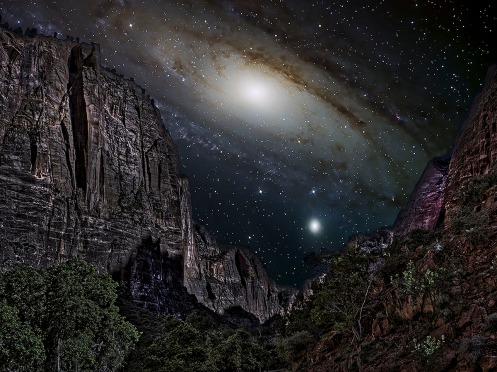
‘In Four Billion Years … ‘
The image combines remote astrophotography with a terrestial image to provide glimpse into the far future when the great Andromeda Galaxy will be nearing its collision with our home Milky Way.
When I learned about the possibility of the collision of the two galaxies, my imagination went hard at work to try to visualize what it would look like. Andromeda, roughly 2.5 million light-years from us, is barely visible with the naked eye under clear dark skies. But imaged through an observatory telescope, Andromeda fills the field of view with clusters of stars, massive dust lanes, and the massive central bulge where the stars are packed so close together that the region blends in to a bright ball of light.
This image imagines the view of the approaching galaxy as seen from Zion National Park. Of course, that far in the future, we do not know if the Earth will still be a viable habitat for us or even if the Sun will continue to provide the Earth with its energy or if the Sun has gone nova and has destroyed the Earth. But I can’t help thinking (hoping?) that Humankind will survivie, even if it requires that we migrate to new star systems and planets. But even if that will be true, the view of the approaching Andromeda Galaxy will likely be much the same.
The galaxy image of the great galaxy in Andromeda, was captured remotely via the Insight Observatory. The image data was acquired with the 16″ f/3.7 Dream astrograph reflector in New Mexico. The data was processed using Pixinsight and Photoshop.
The foreground image was captured my Olympus digital camera during my visit to Zion National Park in 2017. The composite was created in 2022 and processed in Photoshop.
The Art and Earth Exhibit opens April 6 in the Berkeley Art Works gallery at 116 North Queen Street in Martinsburg. The Juror was Alison Helm, Director of the School of Art and Design at West Virginia University.
Posted in Astrophotography, Exhibits, Miscellaneous, Photography, Print Available, Recent Images, Skyshots, Utah 2017

